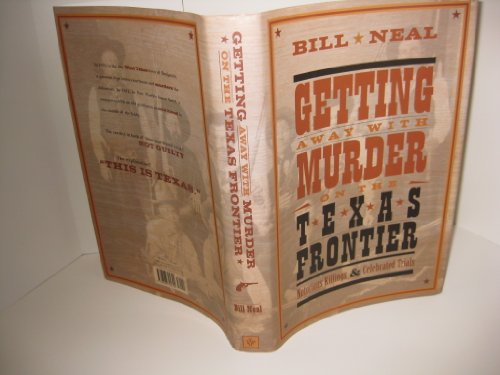About The Book
In 1916, in the tiny West Texas town of Benjamin, a gunman slips into a courtroom and murders the defendant. In 1912, in Fort Worth’s finest...
Read more
hotel, a young man kills an old gentleman in cold blood in the middle of the lobby. The verdict in both of these murderers’ trials? Not guilty. The explanation? “This is Texas.â€Laws passed by politicians in far-off Austin meant little to Westerners living on the Texas frontier. Sagebrush justice relied less on written statutes than on common sense, grass-roots fairness, and vague notions of folk law drawn from the Old South’s Victorian code of chivalry and honor. In this very different time and place, a murderer might go free based on the following reasoning: “The son-of-a-gun is guilty all right, but we must turn him loose. He owes me for a pair of boots, and if we convict him I’ll never get my money.†Inexperienced prosecutors, a lack of modern crime-detection methods, unavailability of witnesses, an acceptance of violence in society, and a laissez-faire attitude toward trial tactics all conspired to make guilty verdicts a rarity.CONTENTSThe Unlikely Saviors of Thomas J. Fulcher | The 1896 Wichita Falls Bank Robbery | The 1890s Wells Fargo Murder Trials | Pardon Me, Please! | More Scandalous Adventures of the Isaacs Family | Murder and Mayhem in the Knox County Courthouse | Strychnine in the Bride’s Flour | . . . And the Perpetrator Walked
Hide more


